About a month ago, our editorial team sat around a conference table and looked at the calendar. International Women’s Day, celebrated annually on March 8, was coming up fast, and we knew we wanted to showcase the powerful stories of women from across Southeast Asia. But one day didn’t feel like enough time to truly dive into coverage that would inspire and motivate, and that’s why we’re dedicating an entire week of reporting on stories that highlight women.
Throughout the region, sexual violence survivors, women of colour, disabled women, trans women, non-binary folks, and queer women all exemplify the strength that we believe captures the spirit of a changing region. After much debate and discussion, we settled on the theme of “Recognising Resilience”, and sought out diverse voices who could tell the stories of women who are living out this vital trait.
In this Editorial, we’ll take you through some of our stories and photos on women’s issues Globe has covered over the past twelve years.

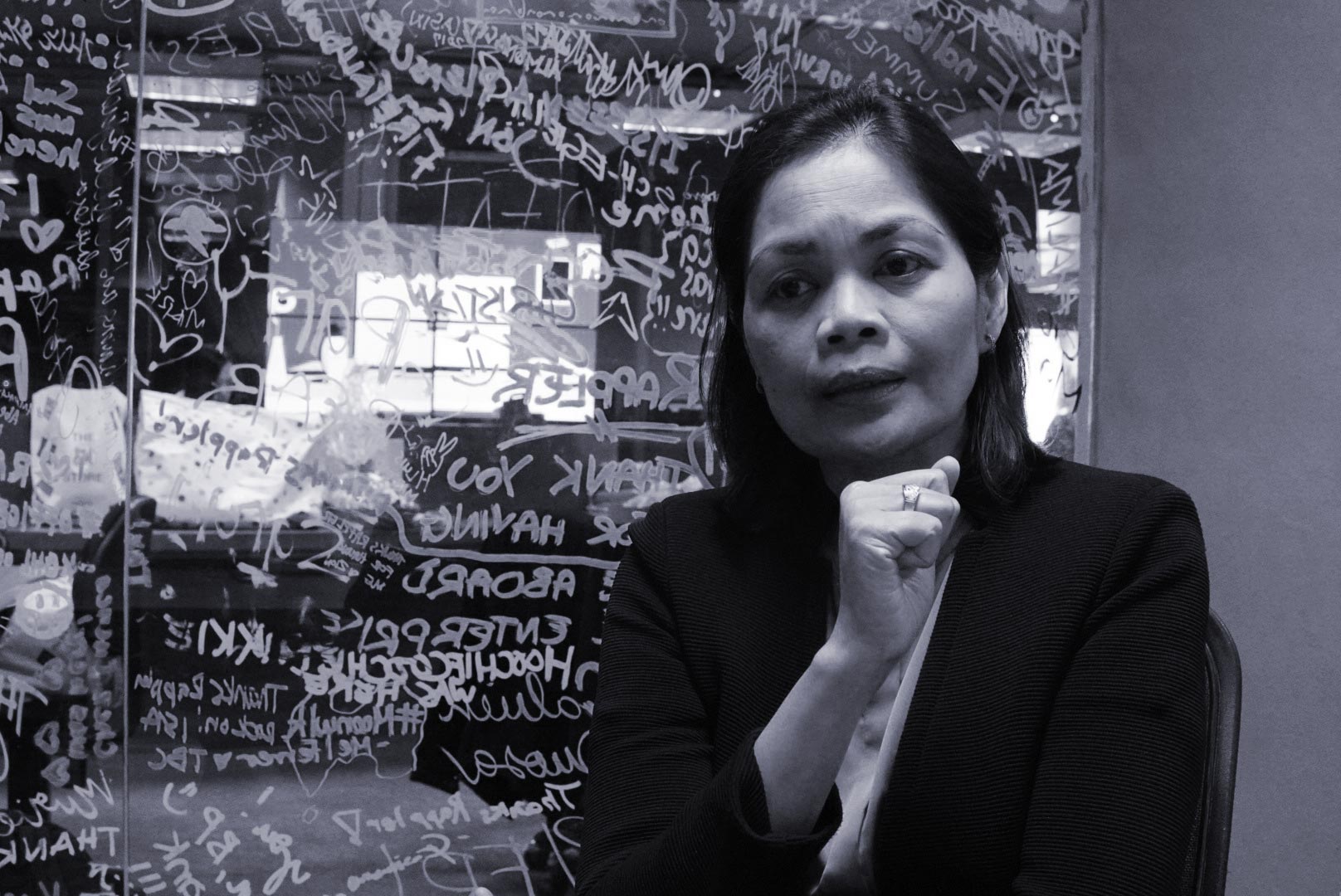
A decade ago, a military general met Glenda Gloria for an interview about turmoil happening in the Philippines. It was an ordinary day for Gloria, a journalist who had been covering the defence beat for over 10 years at that point. But to the general, it was an exciting day. Read more here.
To us, resilience means coverage not limited to narratives of violence and helplessness — we see enough of that in the daily news. Instead, we went looking for pieces that changed the story and showed people breaking out of the expectations they’re so often burdened with and, in doing so, exhibiting their potential and that of a greater solidarity.
We handed the mic to talented storytellers from across Southeast Asia to put this week together. You’ll notice that all of this week’s special features were written, edited, designed and illustrated by women. You can read more about what inspired everyone to work on the project here.
We’re starting the week with this editorial as a means to stay accountable to our readers about why we wanted to do this project, how it came to be, and what the Globe’s commitment to gender-based coverage will look like moving forward.
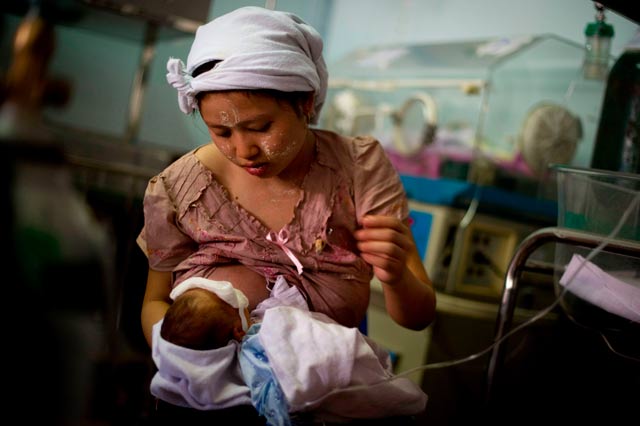
Nine months after President Thein Sein took office, in March 2011, reports emerged that the Burmese military were keeping four women as sex slaves. Read more here.
For that, it helps to look back at where we’ve been as a publication.
One of our articles from 2012 detailed Myanmar’s propensity to cultivating a “military man’s world”, and in the process, waging a “War on Myanmar’s women”. The story was written just after reports emerged that the Burmese military had been keeping four women as sex slaves near the Kachin-China border, forcing them to cook and clean during the day and raping them at night.
The case drew ire from the international community but surprised few locals, who saw the events as yet another example of the junta’s failure to prosecute gender-based crimes. This kind of negligence fosters a culture that excuses violence against women.
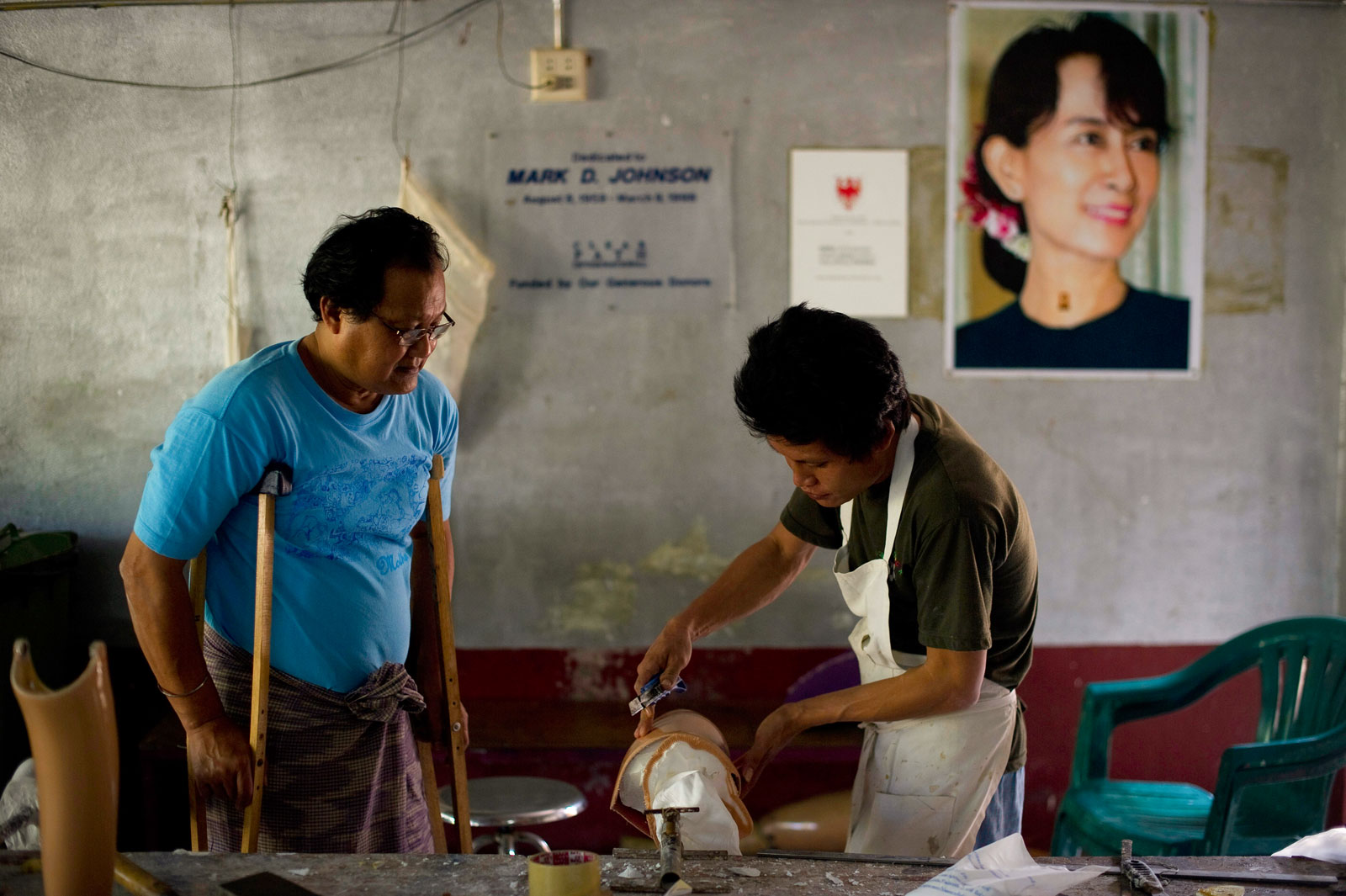

Though Lway Hlar Reang is not involved in any of Myanmar’s many ongoing internal conflicts, she works on the front line in the fight against the country’s rampant landmine problem. Read more here.
Almost a decade later, widespread fighting and ethnic violence has continued to put Myanmar’s women at risk. But they are fighting back, often in small ways that bolster their communities.
Lway Hlar Reang is one local example. She heads a grassroots community organisation in Lashio, northern Shan State, that educates neighbours on how to spot and avoid dangerous unexploded landmines while facilitating the extraction of deadly ordinance. Activism is also springing up in the country as women’s rights advocates and sex educators sweep aside cultural taboos with frank discussions they hope will diminish gender inequality in Myanmar.


Hanging out the washing in Myanmar requires careful navigation of major cultural taboos. A woman’s longyi, or traditional wraparound skirt, cannot be hung above a man’s, and nor can her underwear. Read more here.
In May 2013, the Globe published an article titled “The Female Factor”, telling readers how “Women are increasingly taking their seats in Southeast Asia’s boardrooms.” Today, some might look back at that piece and see this “vital development”, as we called it, as just the first step of a long road of forging — and fighting for — more opportunities for Southeast Asian women to become decision-makers.
In many struggles for human rights, progress runs alongside stagnation, and a media outlet’s responsibility is to address both sides of that coin.
We’ve covered victories and setbacks, injustices and integrity. While challenges are always present, so too are the triumphs that sustain the spirit. In 2017, we explored how deeply-held conservative beliefs among Malaysia’s lawmakers were curtailing the government response to new figures describing the breadth of the country’s problems with sexual violence. But just a few months earlier, we ran a piece that detailed five female politicians in Southeast Asia that readers should know about — a piece that may not have been possible a decade earlier, with far fewer women in high-level politics.
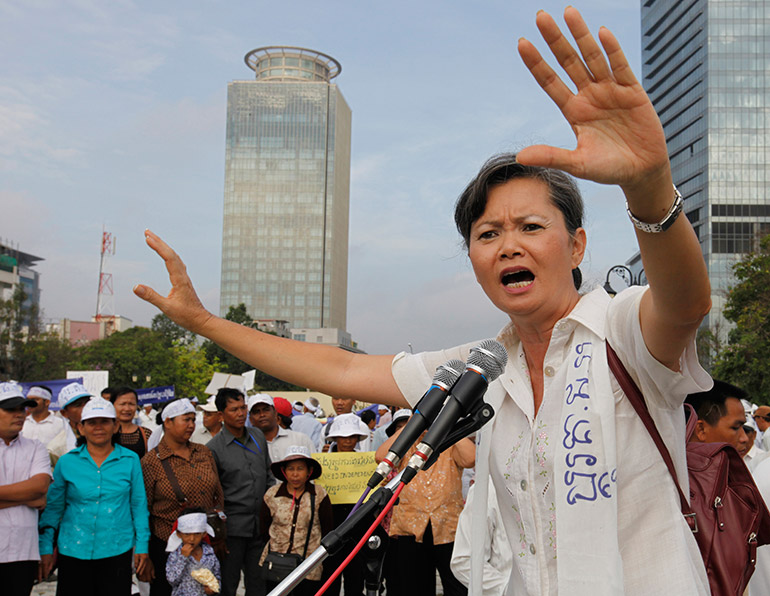
These days, our stories covering women are by no means perfect, but they are more varied, creative, and thoughtful about the ways in which women are discriminated against. We’re also constantly challenging ourselves to push through our own boundaries. This past year, we covered a Vietnamese curator who’s deconstructing colonial narratives through her exhibitions; the women-led editorial team of Rappler, who have continued to produce high-quality media coverage under the duress of President Rodrigo Duterte’s vitriolic, often misogynistic attacks; LGBTQ artists tackling social stigma in Thailand; and the women with disabilities living in Cambodia who remain shut out from society and vulnerable to violence.
In the darkened room, a woman lounges nude before a curious audience. Read more here.
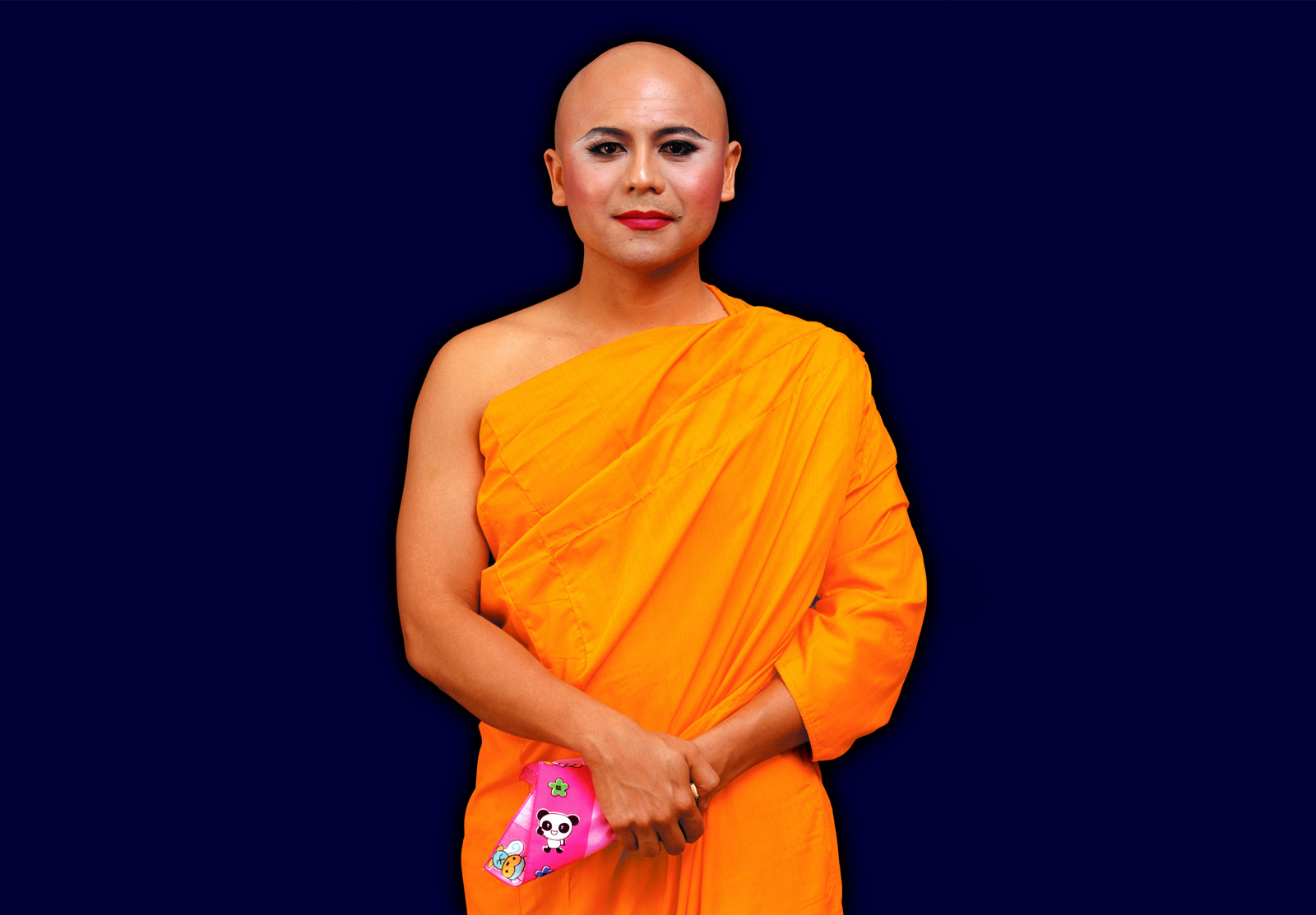
These are only some examples of what we’ve covered in the past, and we have no intention of slowing down. While we recognise the progress the world has made towards advancing gender equality and the socioeconomic status of women, we still have a long way to go. In Southeast Asia, women continue to be primarily viewed as wives and mothers first, an identity reinforced through lived experiences and often cemented in theological texts and traditional ways.
Studies have shown that although Southeast Asian women are moving closer towards political decision-making, they are still underrepresented in parliaments. Of those who do break the glass ceiling and access the halls of power, most typically come from privileged backgrounds with strong elitist connections. Overall, there are few political figures who can accurately represent women, even when examining all sectors and levels of public service.
At the same time, gender-based violence against women and girls continues to prevail both globally and in Southeast Asia, with at least one of every three women beaten, coerced into sex, or abused in their lifetime. Domestic violence, marital rape, child marriage and the trafficking of women are critical issues that have yet to be tackled effectively at the institutional level.
In other words, there are many, many battles yet to be fought.
This is why the Globe’s commitment to gender equality doesn’t just extend to a week of coverage. This year, we are pledging to report more and with better nuance on women’s issues, striving to accurately capture a diverse range of topics that are important to women of all ages, classes, religions, abilities and nationalities. At the same time, we are determined to challenge mainstream gender stereotypes that so often paint women as helpless and hapless victims.
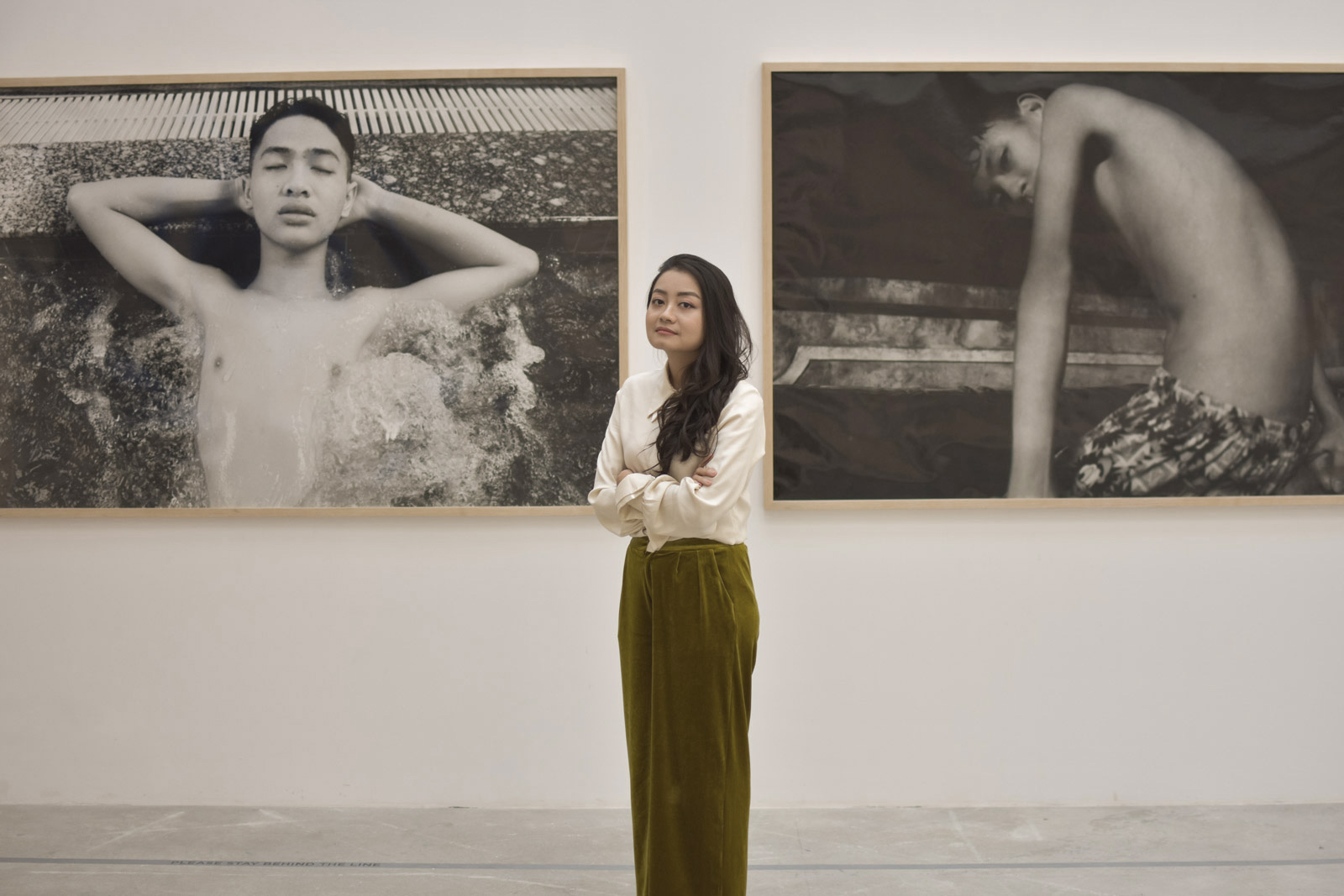
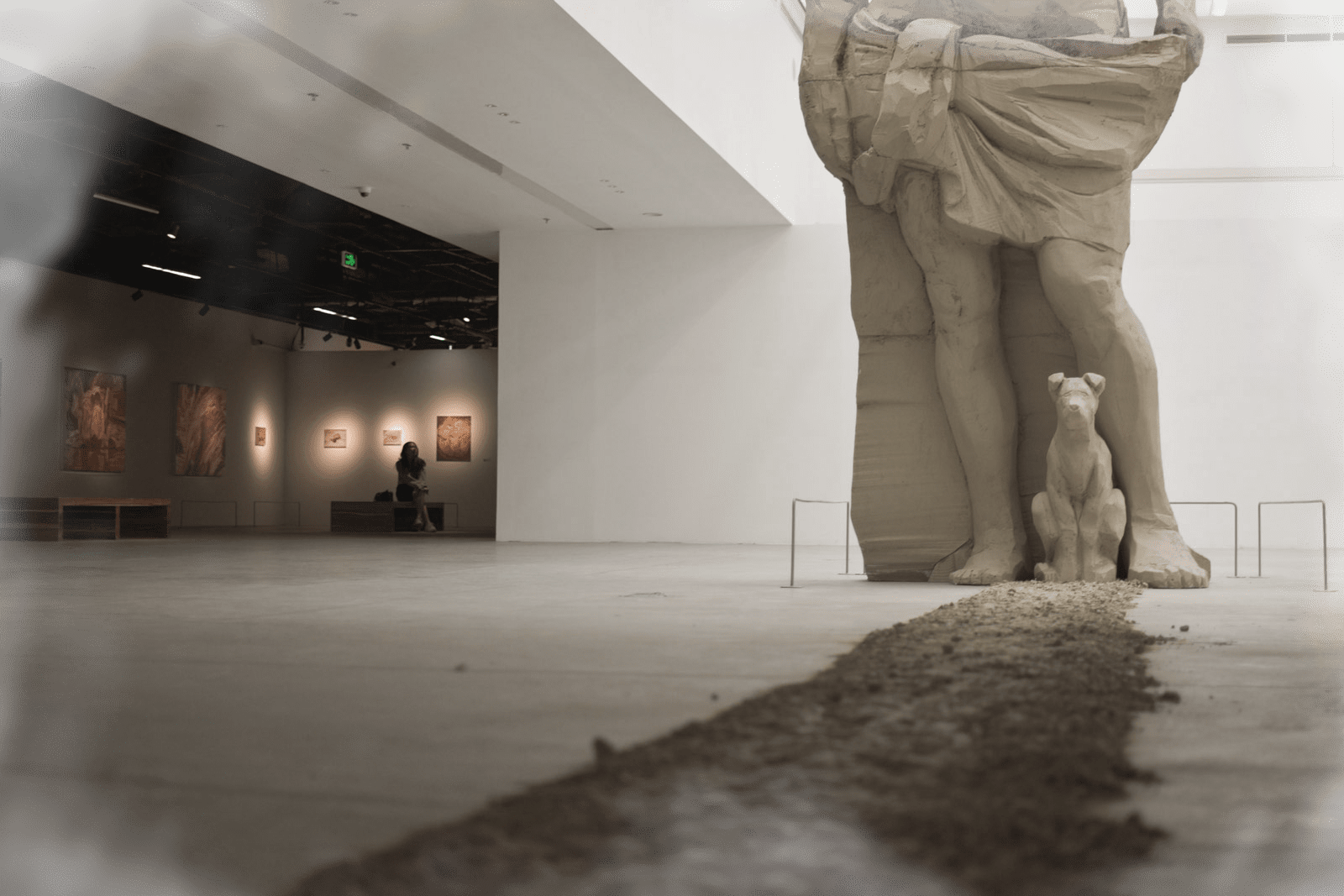
Vietnamese art curator Đỗ Tường Linh spoke about her latest exhibition, her forays into expanding peoples’ understanding of politics through art, and creating a Global South-led art scene. Read more here.
Breaking down gender barriers is a difficult task, one that we are wholeheartedly committed to. And it starts today with this Recognising Resilience campaign.
On Tuesday, we’ll profile two Malaysian women cartoonists, who, despite constant cyberbullying and public bashing, have persevered through sheer determination to shine a light on gender issues.
We then move on to the brave women union leaders in Cambodia, who have been left to pick up the pieces of the European Union’s partial withdrawal of its Everything but Arms trade deal amid worries of a worsening environment for political and human rights. Despite the looming threats of unemployment and exploitation, these women remain on the frontlines, fighting for their livelihoods.
On Thursday, we unwrap the secretive Binukot tradition in the Philippines, a custom that has veiled women from society for centuries and is now being challenged by resistance and progressivism.
We conclude Recognising Resilience with Friday’s profile on Rohingya activist, Yasmin Ullah, learning how she’s mobilising support for Rohingya women while shedding light on the intergenerational trauma that lives on in the population.
This week is only the beginning of a much larger journey. We hope you join us.
This article has been researched and written as part of our Recognising Resilience campaign. Read more stories here.


